We examine the performance penalty of the Vmin Shift Instability fix (microcode 0x12B) in Content Creation applications.


We examine the performance penalty of the Vmin Shift Instability fix (microcode 0x12B) in Content Creation applications.
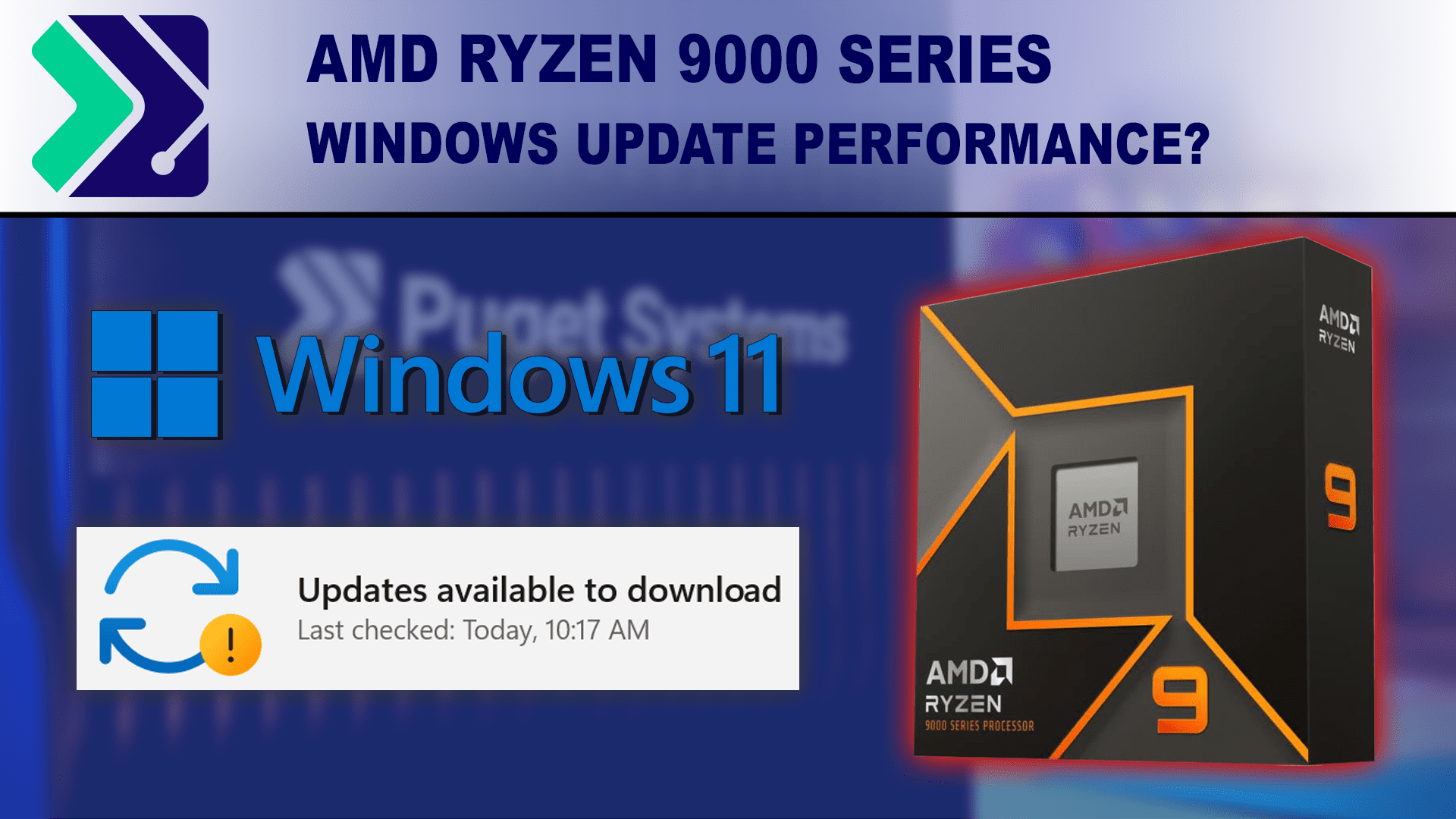
In this article, we examine the performance impact of AMD’s Windows branch prediction update on content creation.
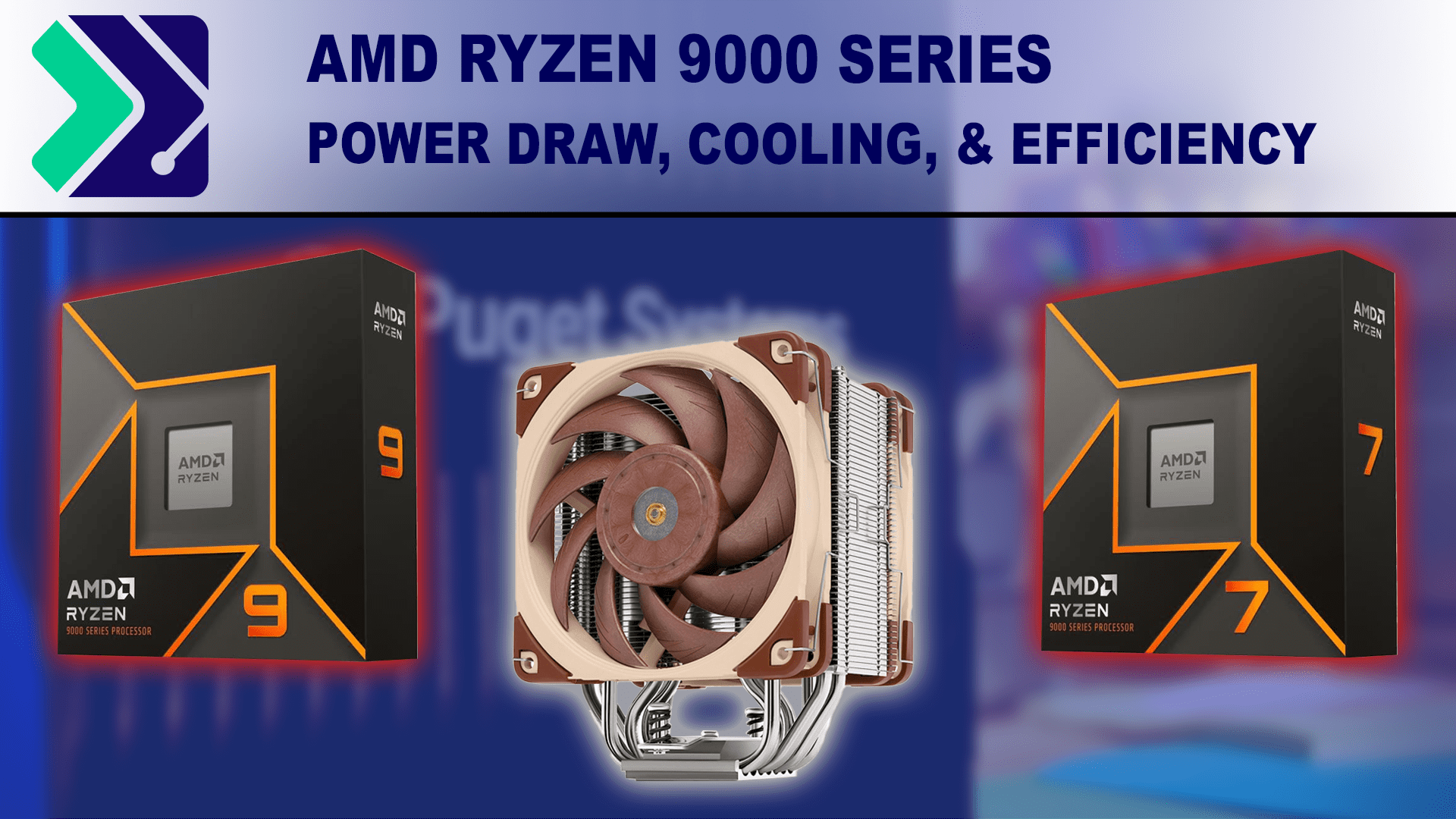
In this article, we examine the power draw and efficiency of the new AMD Ryzen 9950X and 9700X.
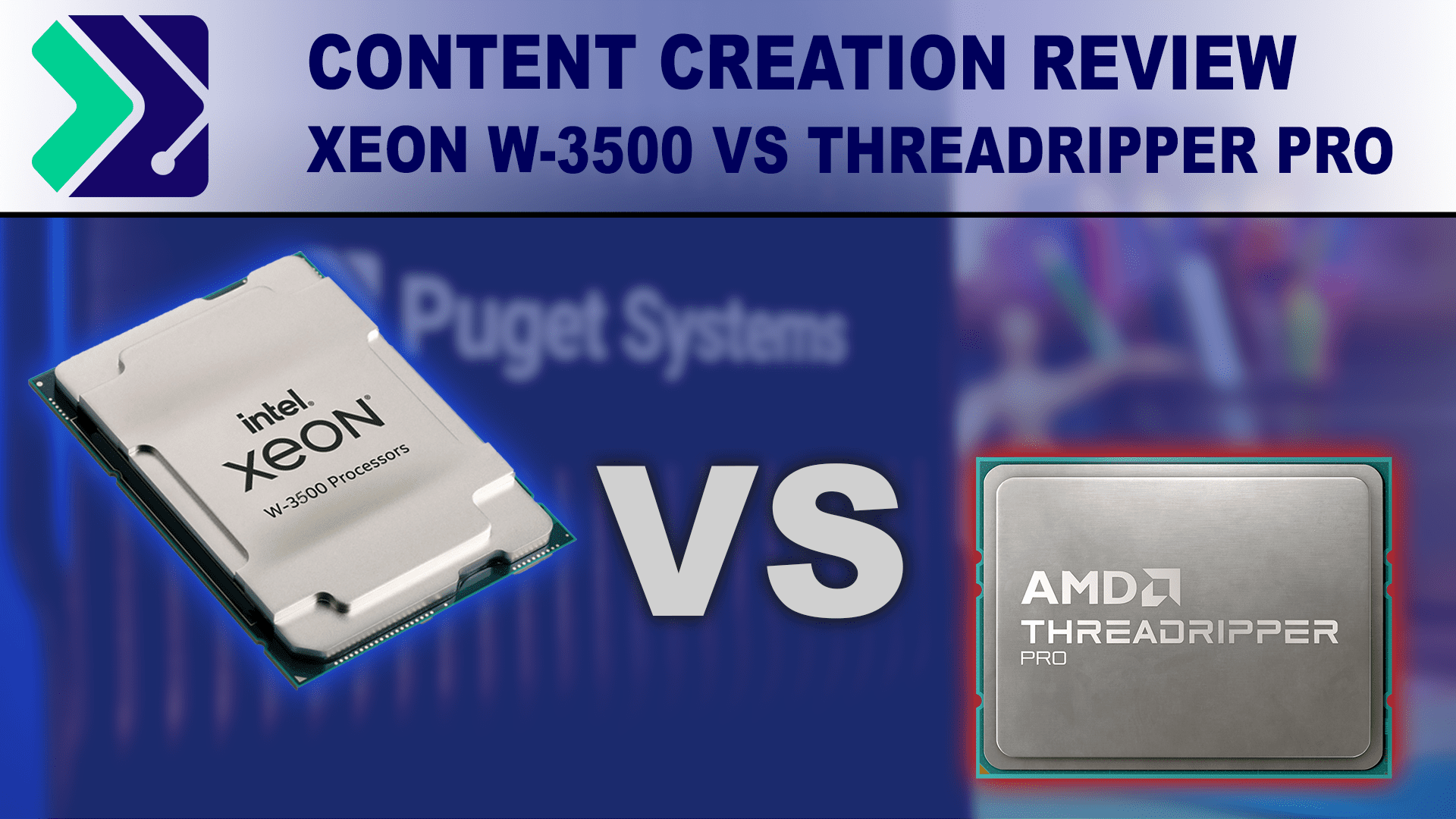
Intel has launched their new Xeon W-3500 fmaily of processors, a refresh of their prior W-3400 family. How do they compare to AMD’s Ryzen Threadripper PRO 7000 WX-series of processors?
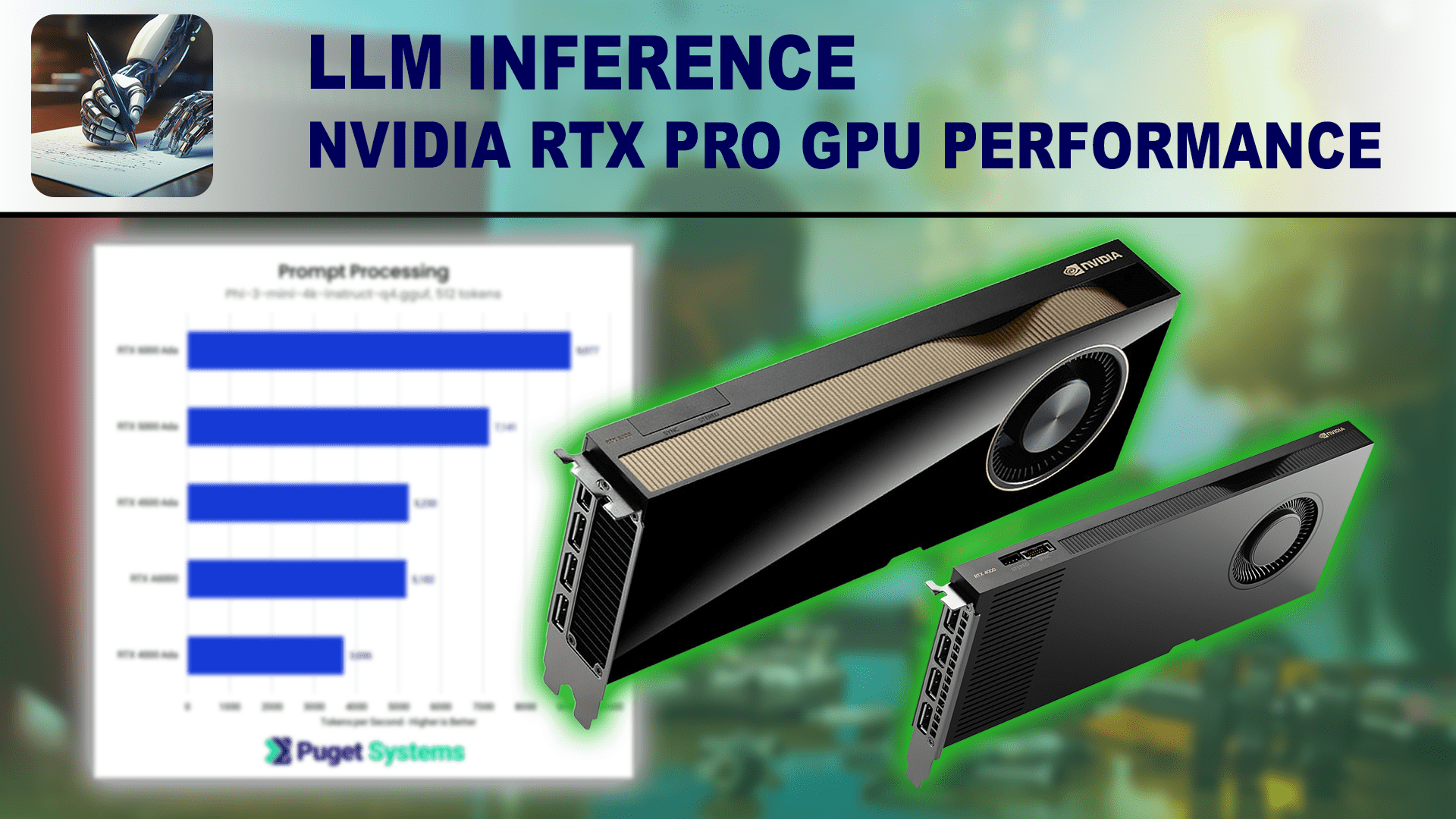
How do a selection of GPUs from NVIDIA’s professional lineup compare to each other in the llama.cpp benchmark?

How do a selection of GPUs from NVIDIA’s GeForce series compare to each other in the llama.cpp benchmark?
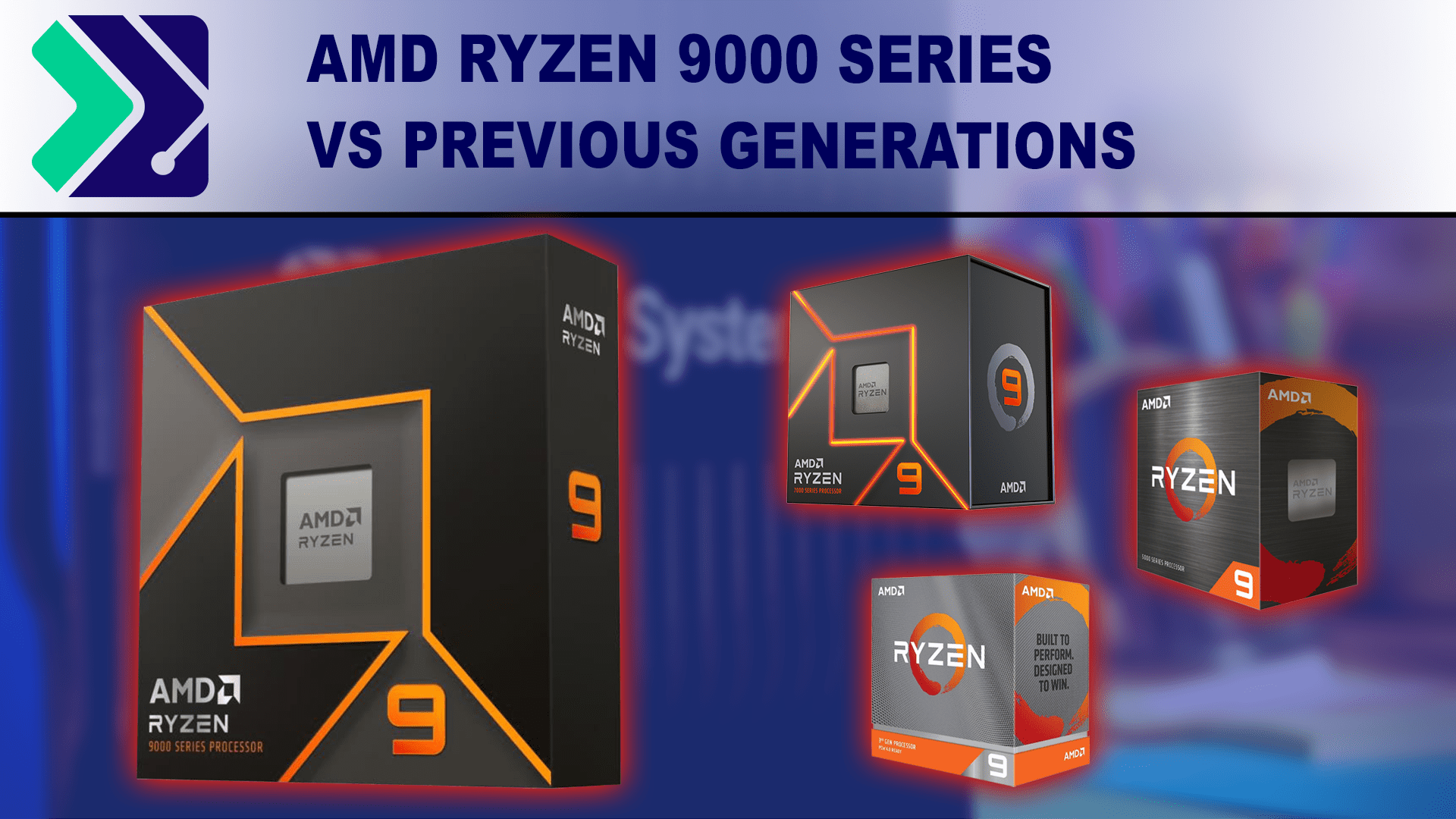
AMD’s new Ryzen 9000 series of processors offer moderate performance improvements over Ryzen 7000. But how do they compare to Ryzen 5000 and 3000?
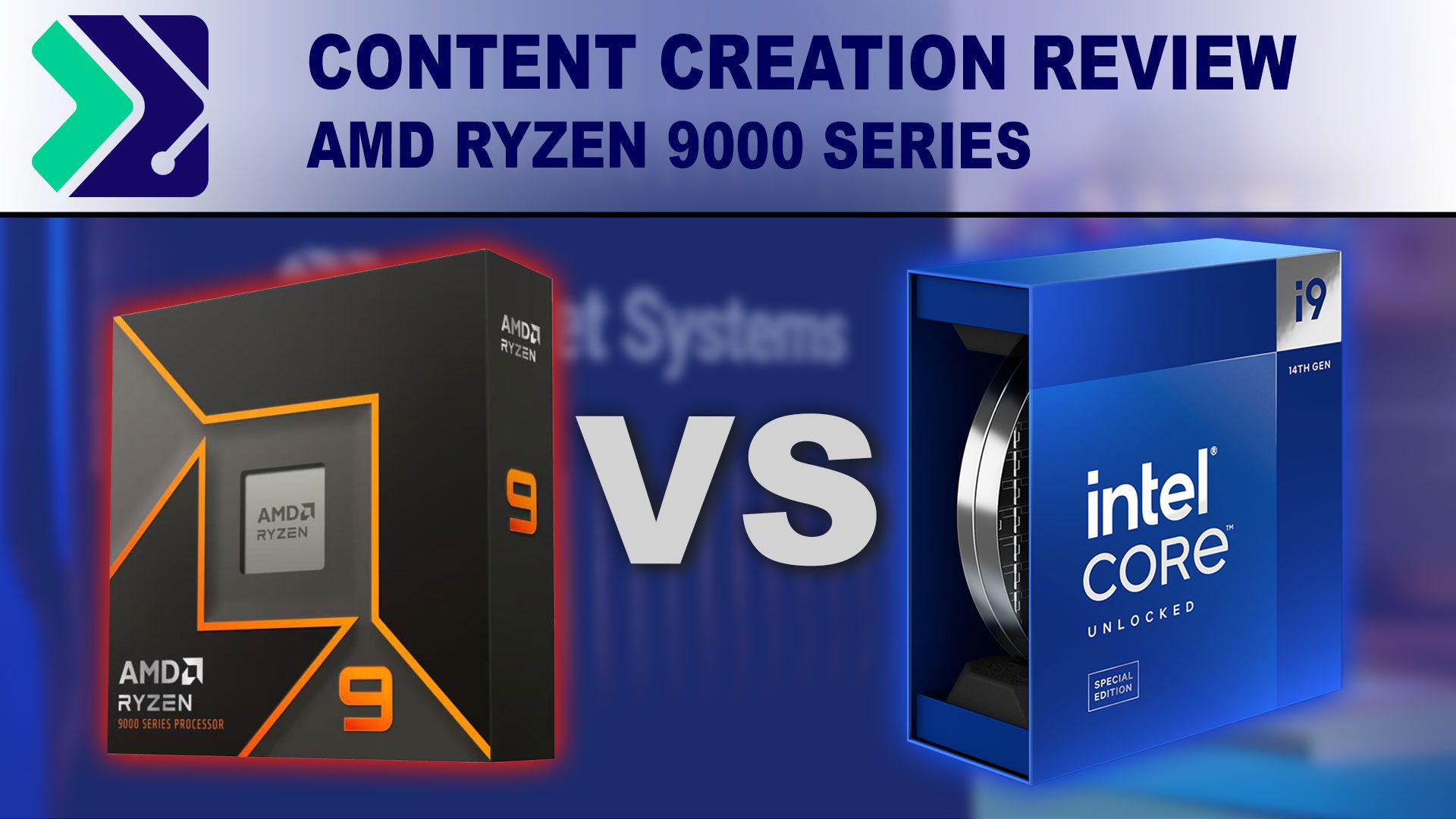
Introduction Following some launch delays, AMD has now released their entire AMD Ryzen 9000 Series of processors. These CPUs are based on AMD’s new Zen 5 CPU architecture, which promises increased IPC (Instructions Per Clock) and improved efficiency—in addition to better memory support. These CPUs are compatible with existing AM5 Motherboards (e.g., X670E), which support

AMD’s new Ryzen 9000 processors are here, but how do they compare to the previous generation Ryzen 7000 or Intel’s Core 14th Gen processors in DaVinci Resolve Studio?

AMD’s new Ryzen 9000 processors are here, but how do they compare to the previous generation Ryzen 7000 or Intel’s Core 14th Gen processors in Photoshop?